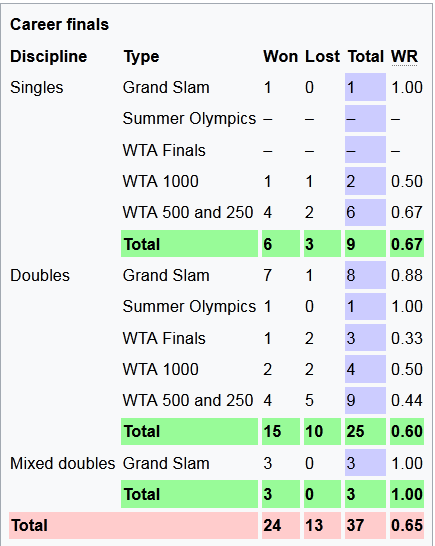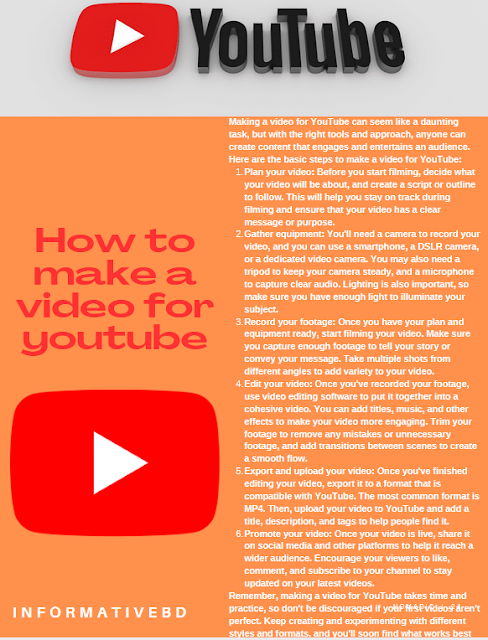What Is Communication?
Communication is the act of conveying information from one person or group to another. It is an essential part of human interaction and is used to build relationships, exchange ideas, and express emotions. There are several types of communication, each with its own unique features and characteristics. In this article, we will discuss the different types of communication and how they impact our daily lives.
Verbal Communication
Verbal communication involves the use of spoken or written words to convey a message. It is the most common type of communication and is used in everyday conversations, presentations, and speeches. Verbal communication can be formal or informal and can occur face-to-face or remotely through phone or video calls. The tone, pitch, and inflection of the voice are crucial elements in verbal communication that can affect the message's interpretation.
Non-Verbal Communication
Non-Verbal Communication: Non-verbal communication refers to any communication that does not involve words. It includes gestures, facial expressions, body language,
tone of voice, and eye contact. Non-verbal communication is often used to convey emotions and attitudes that words alone cannot express. For example, a smile or a nod can indicate agreement or approval, while a frown or a shake of the head can indicate disapproval.
Written Communication
Written communication involves the use of written words to convey a message. It includes emails, memos, reports, letters, and texts. Written communication is often used in a professional setting and can be formal or informal. The use of written communication allows for the message to be saved and referenced later, which
can be useful in a business setting.
Visual Communication
Visual communication involves the use of images, graphs, charts, and other visual aids to convey a message. It is often used in presentations and marketing materials. Visual communication is useful in conveying complex information in a way that is easy to understand. For example, a graph can show trends or patterns in data that would be difficult to convey through words alone.
Interpersonal Communication
Interpersonal Communication: Interpersonal communication refers to communication between two or more people. It involves the exchange of information, ideas, and feelings between individuals. Interpersonal communication can be verbal or non-verbal and can take place in various settings, including in-person, over the phone, or through video conferencing.
Group Communication
Group Communication: Group communication involves communication between three or more people. It can take place in various settings, including in-person, over the phone, or through video conferencing. Group communication is often used in business and professional settings, where it is used to discuss and make decisions about
important matters.
Mass Communication
Mass Communication: Mass communication refers to communication that reaches a large audience. It includes various forms of media, including television, radio, newspapers, and the internet. Mass communication is often used in advertising, marketing, and public relations to reach a wide audience and promote products or services.
In conclusion, communication is an essential part of human life, and there are various types of communication that we use in our day-to-day lives. Verbal communication,
non-verbal communication, written communication, visual communication, interpersonal communication, group communication, and mass communication are some of the most common types of communication. Each of these types of communication has its unique features and advantages, and it is essential to understand them to communicate effectively in different situations.


















%20in%20full.JPG)

